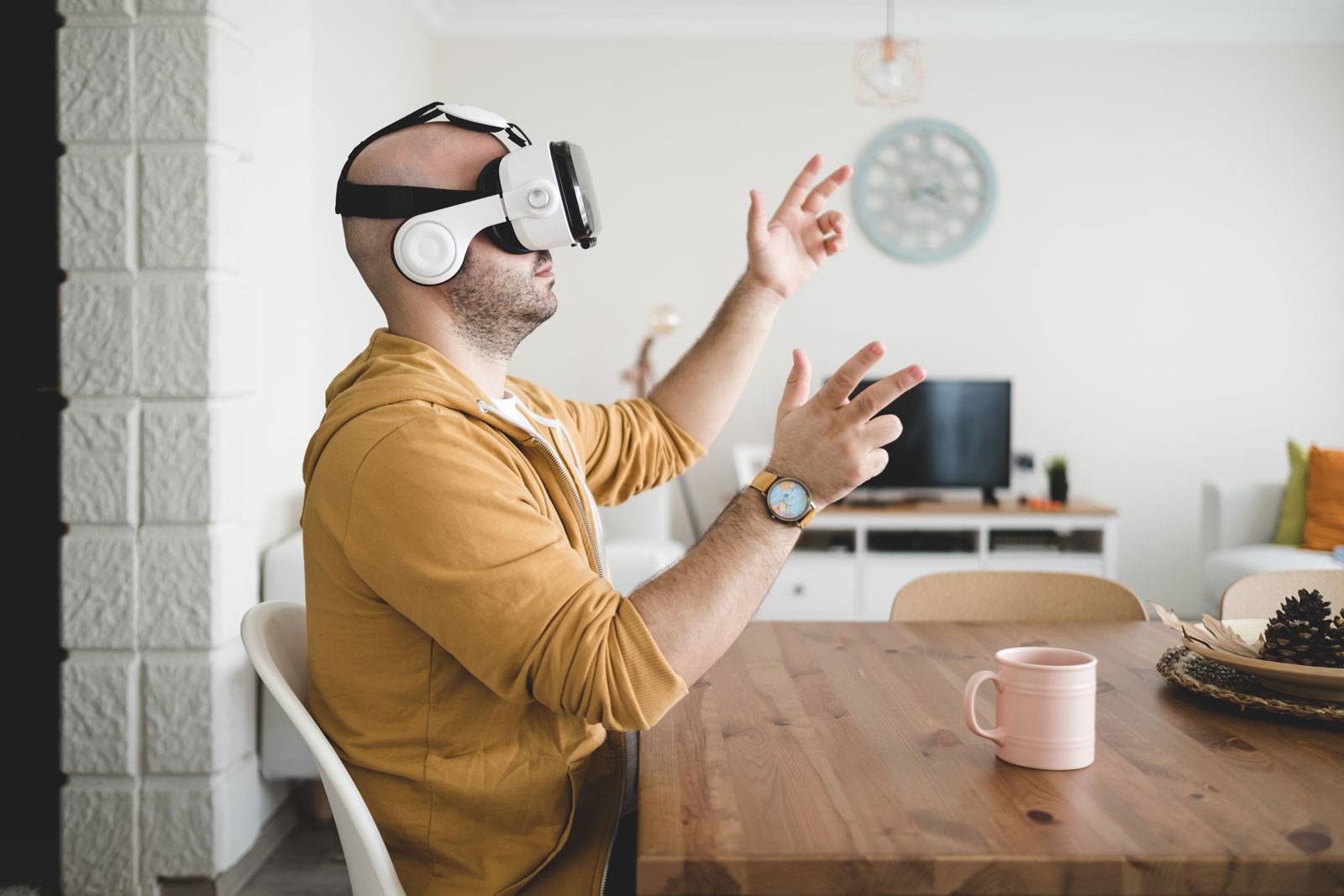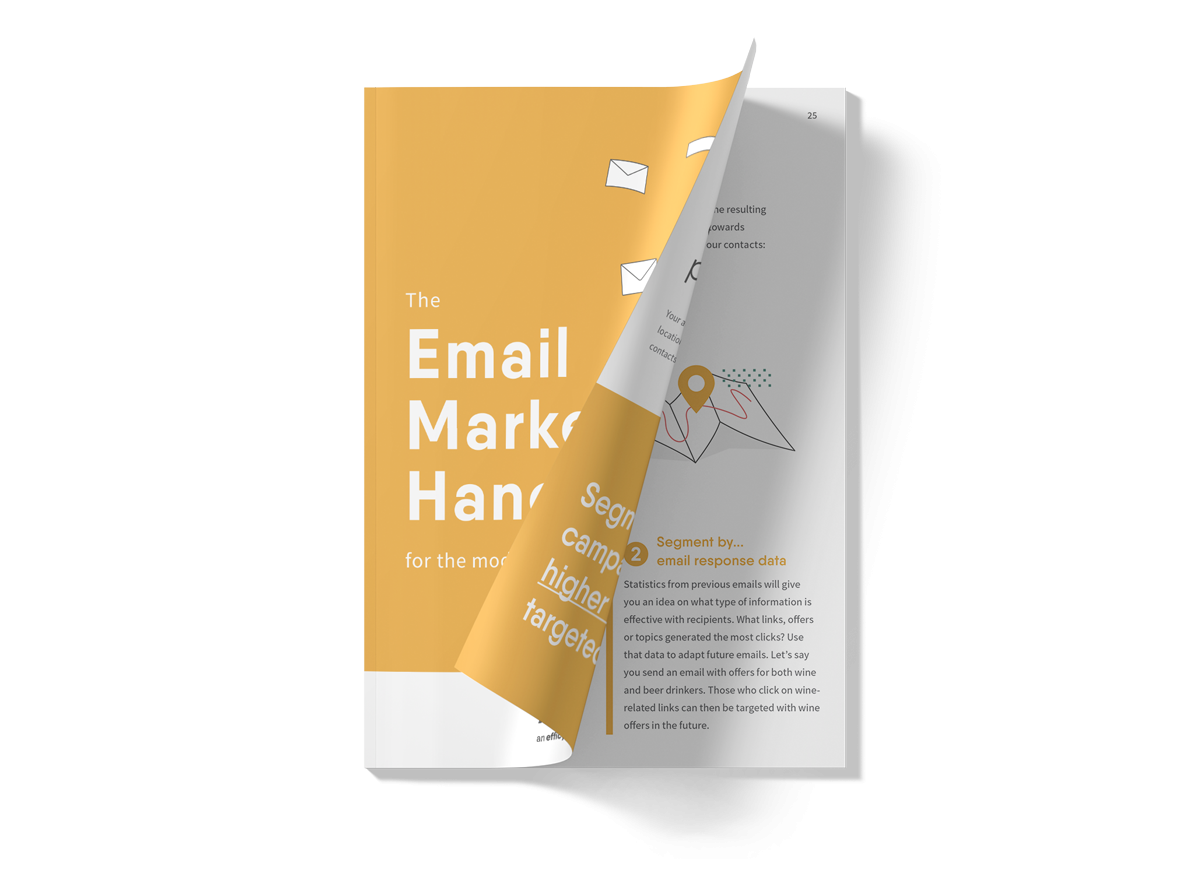What content marketing will look like in five years
2020 has changed a lot. The disaster we saw unfold before our eyes changed the way content marketing is perceived and the strategies that work.
Put simply, it has never been more important to invest in a solid content marketing strategy. As the pandemic struck, internet usage soared and that meant all those digital touchpoints that may have been ignored prior to COVID-19 became vital.
A lot of businesses were caught cold by this and had to move fast to reposition themselves in a brand new digital world. The landscape shifted rapidly, and those sands haven’t stopped moving yet.
As customers switched from physical purchases to online buying, they ingrained habits and cultures that will be difficult to shift. It’s not beyond the realms of reason to think these new ways of buying will remain with us, even after COVID has long passed.

This means that business will have to shift their priorities moving forward, but what will that future look like? Here’s what we imagine content marketing will look like in five years.
Data is going to reign supreme
As the world moves further online and shoppers’ behaviour changes to become more digitally focused, content marketing is going to have to evolve. That means data. And you’ll need loads of the stuff.
But here’s the rub - you can’t just have data for the sake of it, because that ain’t going to work. You’ll need to realign your content strategy with your audience’s requirements in a way that’s far more detailed than ever before.
In the short term, their needs will have changed thanks to COVID-19, so you’ll need to do some digging to find out what those are.
This data collection needs to be targeted and personalised. One way to do this is to segment your audiences within a marketing automation platform, like APSIS One, to create personalised flows that deliver unique content to each segment.
First-party data will be crowned King
You can only create personalised content and smart flows if you have the right data, and that’s where first-party data comes into play.
This will be valuable because you will own how it’s collected and you’ll own the data itself, which means there’ll be more emphasis placed on how it’s gathered. Whether that’s across socials, emails or your website, you’ll want to revamp data collection efforts so you can leverage it in the best possible way.
As we move through the next five years, more and more devices will provide marketers with actionable insights. Cars and home appliances are hooking themselves up to the web, and all that juicy information will soon be at our fingertips.
Brands that can use that information effectively to create the most personalised content marketing, will be best placed to reach out to the right people at the right time. Seeing them come up trumps.

Content marketing vs digital marketing will be no more
Content marketers will need to craft more audience relevant pieces as time moves forward. Google is forever tweaking their algorithm, so the most important thing you can do is to provide visitors with a high-quality experience.
That brings us back to our old friend, data. Yup, you’ll need to know what your visitors want to read, and then properly invest in providing a good experience. Search engine AI will get better at recognising what good content looks like, and that places more emphasis on the shoulders of content marketers to provide it.
In the age-old battle of content marketing vs digital marketing, we will see a closer bond between the two disciplines than ever before. There will be no effective SEO strategy without good content, while no social media ad will get traction if it’s poorly designed and executed.
Mobile will vanquish desktop
The next five years could honestly see a time when mobile completely vanquishes desktop. That doesn’t mean we all need to throw our laptops on the bonfire and give Tim Cook a call ASAP, but content marketers will need to start thinking in terms of the small screen.
Mobile access will open up markets to billions of people over the next half-decade, and these will be people who were previously left disenfranchised by the rise of the web. Who knows what these new audiences will want to experience and explore, but brands need to be ready for it.
We will also see more personal interactions between our audience and brands, and the best companies will be able to create and harness that experience. Once again, we come full circle and see how data and marketing automation are going to be important, too.
Don’t be scared of those marketing automation flows, they’re going to be more relevant than ever before over the next five years.

The death of B2B content marketing
Okay, this header is maybe a little dramatic, but at least it caught your attention. B2B content marketing isn’t going to die out, it might be morph into something slightly different.
We’ve seen the rise of user generated content, particularly via TikTok Duets and the new Instagram Remix, and this means that brands may not be in as complete control of their content as they’d like.
But this should be embraced, and even encouraged. If you can get passionate fans creating content for you, that shows you in the best possible light, why wouldn’t that be encouraged? User generated content (UGC) feels more authentic to leads and perspectives and could turn them from doubters to believers.
It’s also a little scary and relies on an acceptance that you may not be in control of your brand message 100% of the time. But that’s okay, because the future often is a little foreboding.

Things are gunna be complicated
All this technology just never seems to slow the pace of the world. 20 years ago, the job of the marketer looked a lot simpler - and who hasn’t watched Mad Men and marvelled at how simple the tools those men had at their disposal were?
(We’re not here to endorse the rampant misogyny of those times but come on, I’d like to see Don Draper tackle the complexity of modern marketing).
In 2020 there’s more channels and markets than you could begin to imagine, and it’s only going to get more complicated. Emerging markets such as India, China and Brazil will rear their head, and the global citizen will become more consumer focused.
That will add another layer on top of an already complicated job, but the payouts will keep things sweet.

Start planning now
If that all sounds pretty hectic, you can get ahead of the game by downloading the B2B marketing automation handbook from APSIS One!






